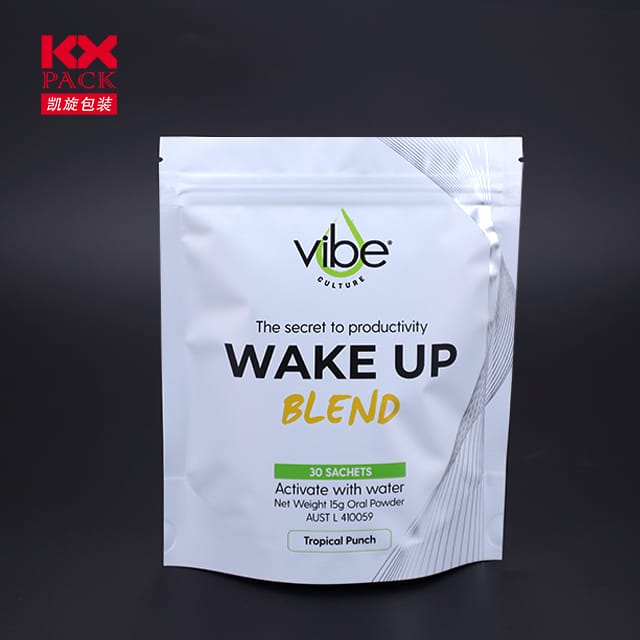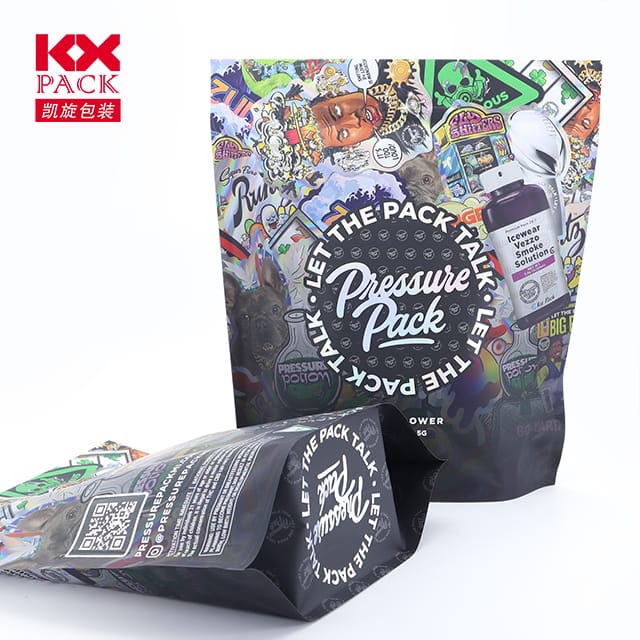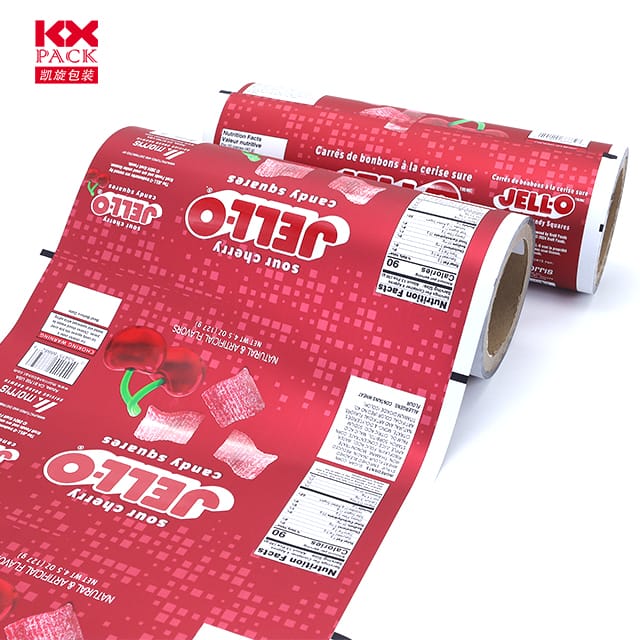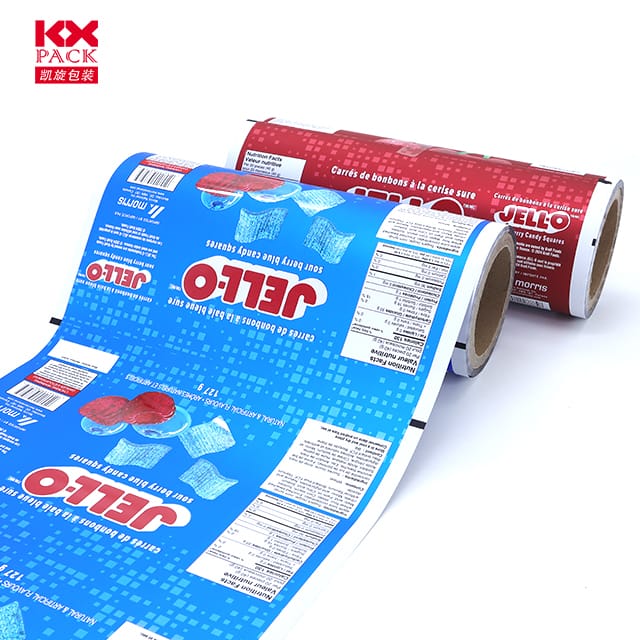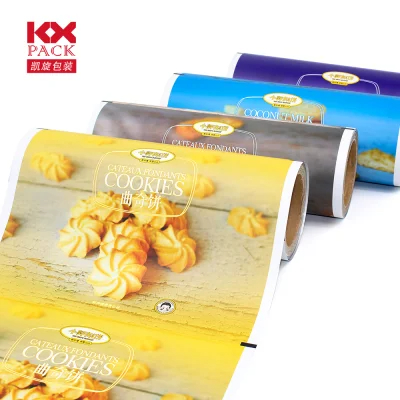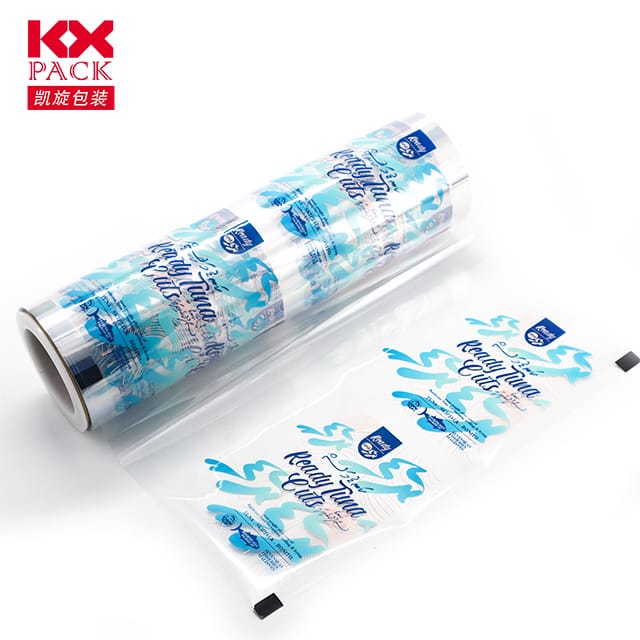The Ultimate Guide to Plastic Film Wrap: کاربردهای, فواید, و جایگزین های سازگار با محیط زیست
بسته بندی فیلم پلاستیکی
From wrapping leftovers to protecting packages during shipping, plastic film wrap (همچنین به عنوان فیلم چسبیده شناخته می شود, بسته پلاستیکی, یا بسته بندی ساران) is a kitchen and household staple. But with growing environmental concerns, many are questioning its impact and seeking sustainable alternatives. Let’s explore everything you need to know about plastic film wrap—its uses, drawbacks, and greener options.
What Is Plastic Film Wrap?
Plastic film wrap is a thin, شفاف, and stretchable material made primarily fromپلی اتیلن (پلی اتیلن) یاpolyvinylidene chloride (پی وی سی). Its clingy texture allows it to adhere tightly to surfaces, creating an airtight seal that preserves freshness and prevents leaks.
Common Types of Plastic Film Wrap
- Standard Cling Film: Ideal for food storage, sandwich wrapping, and covering bowls.
- Stretch Wrap: Used in shipping and logistics to secure pallets and large items.
- Freezer Wrap: Thicker and more durable for long-term food preservation in the freezer.
- بسته بندی بدون پی وی سی: ایمن تر, BPA-free option for those avoiding chemical exposure.
Top Uses of Plastic Film Wrap
1. نگهداری مواد غذایی
- Wrapping fruits, سبزیجات, and meats to extend shelf life.
- Covering bowls and plates to prevent spills and keep food fresh.
- Marinating meats by sealing them tightly with spices and sauces.
2. خانگی & DIY Applications
- Protecting furniture during painting or renovations.
- Wrapping delicate items (به عنوان مثال, vases, الکترونیک) for storage or moving.
- Sealing drafts around windows and doors in winter.
3. صنعتی & Commercial Uses
- Shipping and logistics: Securing pallets and preventing damage during transit.
- ساخت و ساز: Covering materials to protect them from dust and moisture.
- خرده فروشی: Displaying products or bundling items together.
The Environmental Impact of Pastic Film Wrap
در حالی که راحت است, plastic film wrap poses significant environmental challenges:
1. Non-Biodegradable
Most plastic wraps takehundreds of years to decompose, contributing to landfill waste and ocean pollution.
2. Single-Use Dominance
Many consumers use plastic wrap once and discard it, exacerbating plastic waste issues.
3. Microplastic Contamination
When degraded, plastic wrap breaks into tiny particles that harm marine life and enter the food chain.
4. چالش های بازیافت
Due to its thinness and food contamination, plastic film wrap israrely accepted in curbside recycling programs.
Eco-Friendly Alternatives to Plastic Film Wrap
Fortunately, there are sustainable alternatives that are just as effective:
1. بسته های موم زنبور عسل
- مواد: Cotton fabric coated in beeswax, روغن جوهوبا, و رزین درخت.
- فواید: قابل استفاده مجدد, قابل تجزیه زیستی, and naturally antibacterial.
- Best For: کاسه های پوشش, ساندویچ بسته بندی, and storing cheese.
2. پوشش های غذایی سیلیکونی
- مواد: انعطاف پذیر, food-grade silicone.
- فواید: قابل استفاده مجدد, dishwasher-safe, and airtight.
- Best For: Covering leftovers, bowls, and cans.
3. Reusable Fabric Wraps
- مواد: Cotton or linen with a waterproof lining.
- فواید: قابل شستشو, customizable, و سازگار با محیط زیست.
- Best For: Packing lunches or storing snacks.
4. Glass or Plastic Containers with Lids
- فواید: بادوام, ضد نشت, and infinitely reusable.
- Best For: Meal prepping and long-term food storage.
5. Compostable Cling Film
- مواد: Plant-based materials like cornstarch or sugarcane.
- فواید: Breaks down in industrial composting facilities.
- Best For: Those who still prefer the convenience of plastic wrap but want a greener option.
How to Reduce Plastic Film Wrap Waste
Even if you’re not ready to switch entirely, these small changes can make a big difference:
- Reuse sheets of plastic wrap multiple times before discarding.
- Buy in bulk to minimize packaging waste.
- Choose brands that offer recyclable or compostable options.
- Recycle properly by checking local guidelines (some grocery stores accept plastic bags and wraps).
افکار نهایی: Is Plastic Film Wrap Worth It?
While plastic film wrap offers unmatched convenience, its environmental cost is undeniable. By opting forreusable alternatives like beeswax wraps, silicone covers, or glass containers, you can reduce waste without sacrificing functionality.
Ready to make the switch? Start by replacing one plastic wrap habit at a time and gradually transition to a more sustainable kitchen.
What’s your favorite eco-friendly alternative to plastic film wrap? Share your tips in the comments below! 🌍✨

